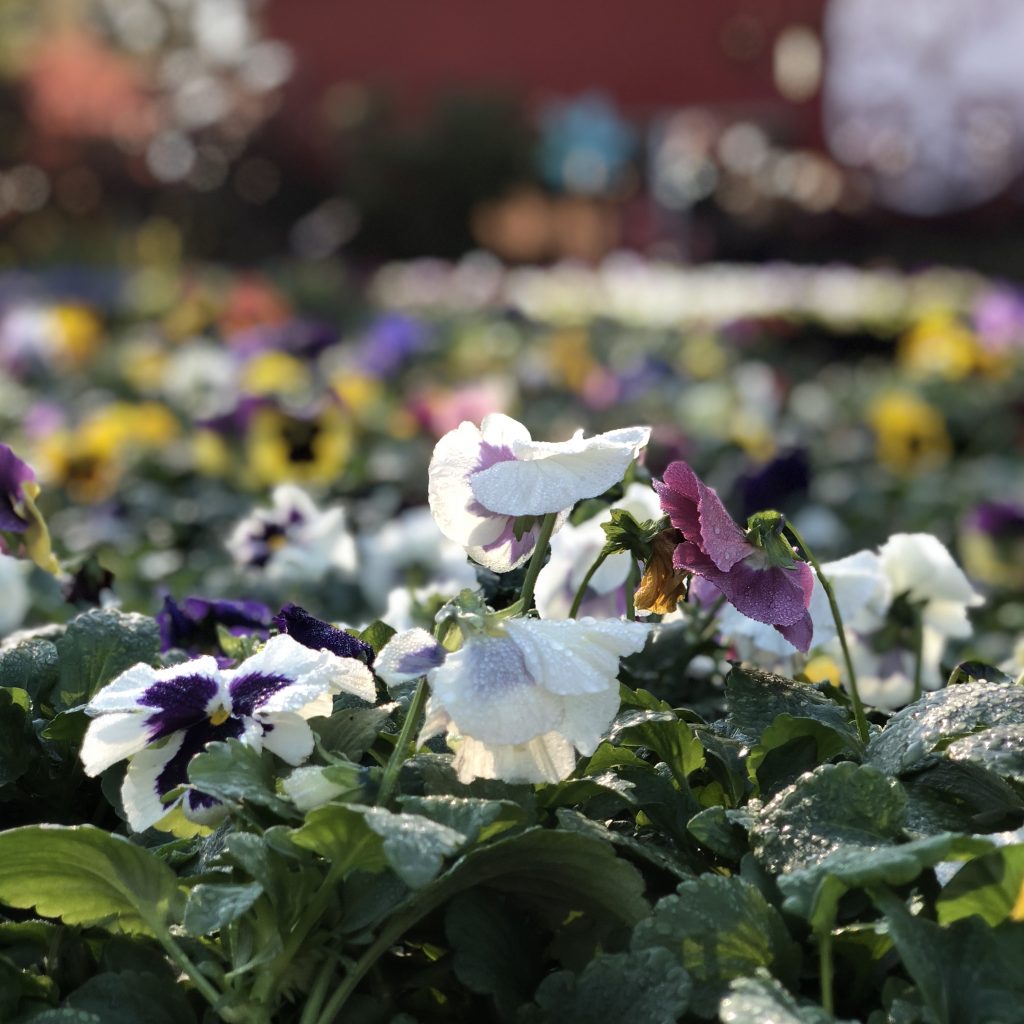Freeze Warning

What does a severe freeze mean for your landscape? Keep reading!
In the bullet points below are basic tips for normal hard freezes. However, each of the recent winters have brought colder than normal weather, with many parts of Arkansas experiences below average lows in various USDA Plant Hardiness Zones, with accompanied windchill numbers that have further reduced the experienced temperatures. Not sure what your zone and corresponding low is? Here is a link to the official map. Notice how we mention ‘average low’; this is the number zones are based on. It’s important to note that plants often grow well in zones that are on the fringe of hardiness for many years, and then freeze out when we go below a zone average temperature. This doesn’t mean the plant isn’t hardy here, it means that nature was predictably unpredictable.
Plants most susceptible to damage are those on the fringe of hardiness (not cold hardy in zones lower than your zone), plants in pots (as opposed to those planted in ground), plants that have existing damage (from drought, drainage issues, insects or diseases), and newly planted materials. Beside following the tips below, there isn’t much that can be done but we mention this to temper expectations. If a plant is struggling going into a severe winter event, it’s possible that any additional damage sustained from this event may be too much for it to come back from. Often times, freeze damage isn’t fully realized until the summer stress of heat and drought arrive.
All of this to say, here are basic tips for protecting plants from ‘normal’ freezes and fringe plants should be protected during more severe ‘abnormal’ winter weather. If you have questions, please reach out to us!
- Plants that are fully winter hardy in our zone should be fine; they will show normal winter damage, especially on any tender new growth. Blooms that have fully opened could be damaged as well. You will most likely see some defoliation, especially on semi-evergreen materials, after a freeze event. For recovery tips, please read our Plant Recovery After a Hard Freeze post.
- Tender, just barely hardy, and subtropical plants are the most susceptible to damage. They should be moved indoors or at the very least into a garage to keep the foliage and root balls from freezing. If this is not possible due to the size or weight of the plant they can be covered with a frost cloth or sheet to protect them.
- If you have plants that need a little extra protection, we do carry frost blankets, call us for availability. Frost blankets (ours are called N-Sulate) can trap heat from the soil, raising the temperature inside the covered area above the actual outside air temperature. The covering should be secure all the way to the ground to trap as much ground heat as possible and the colder it is, the more layers will be needed to to protect your plants, just like yourself in cold weather. Pull cover back during daytime warmer temps.
- We do not recommend plastic sheeting, since it can trap a lot of moisture and heat on a sunny day and may cause more harm than good to the plant that you are trying to protect. Light color sheets are also a good option.
- Snow can weigh down frost blankets; try to give blankets support so your plants don’t break under snow weight, if snow is forecast.
- If you are growing cool season veggies, be sure to cover and protect them.
- Plants don’t like to freeze dry. Water any dry plant material well; ideally 48 hours ahead of a severe freeze. Pay extra attention to any plantings that are under cover and don’t get rainfall (think porch pots). Water is a good insulator and the wet soil is warmer than dry soil, and this will also keep the plant hydrated during the cold dry air. Mulching around landscape plants is also recommended to protect the roots form freezing temperatures and maintain moisture.
- Depending on timing, winter and early spring blooming plants such as Camellia japonica, forsythia, and deciduous magnolias, may have buds and blooms to protect. Frost blankets will protect the blooms during a frost but with air temperatures in the teens and twenties for hours, the blooms might not survive even with the blankets. Expect some flower drop after this cold spell. Tight, unopened buds should be fine.
- Mulch protects plant roots; if you haven’t mulched yet, remove any leaves from your landscape beds and add mulch. Or, leave a thick blanket of leaves for protection and plan to clean out and mulch after leaf clean up is finished for the season. For more details, visit this blog post.
- Disconnect water hoses and protect water spigots. Hardware stores offer a variety of freeze protection options for spigots.
- Remove your RPZ meter or protect with heat tape. For more details on this, visit our recent video blog post on winter watering.
Have questions? Give us a call!